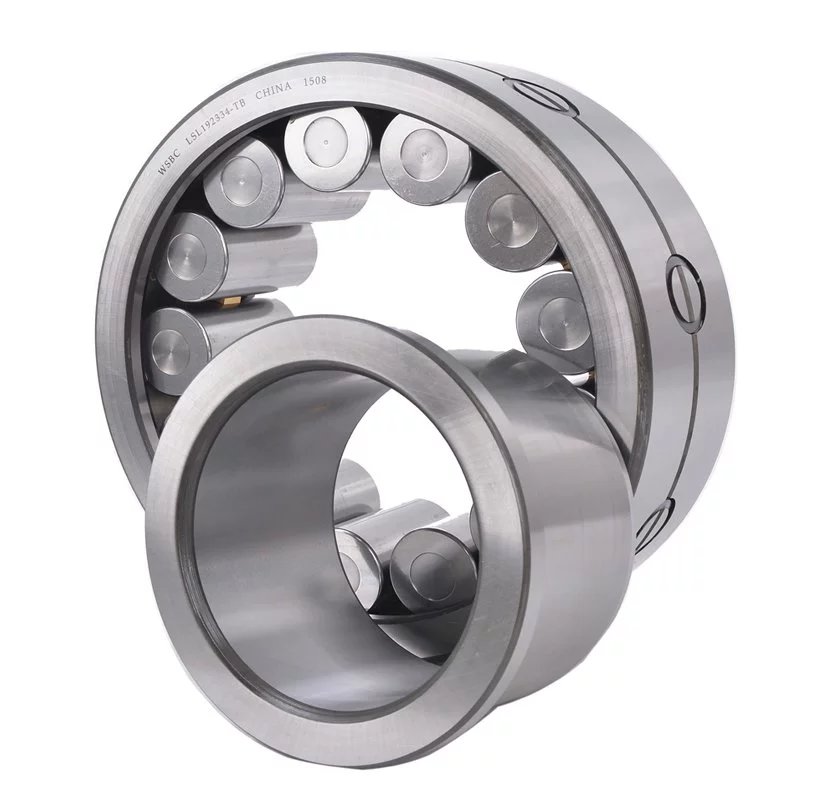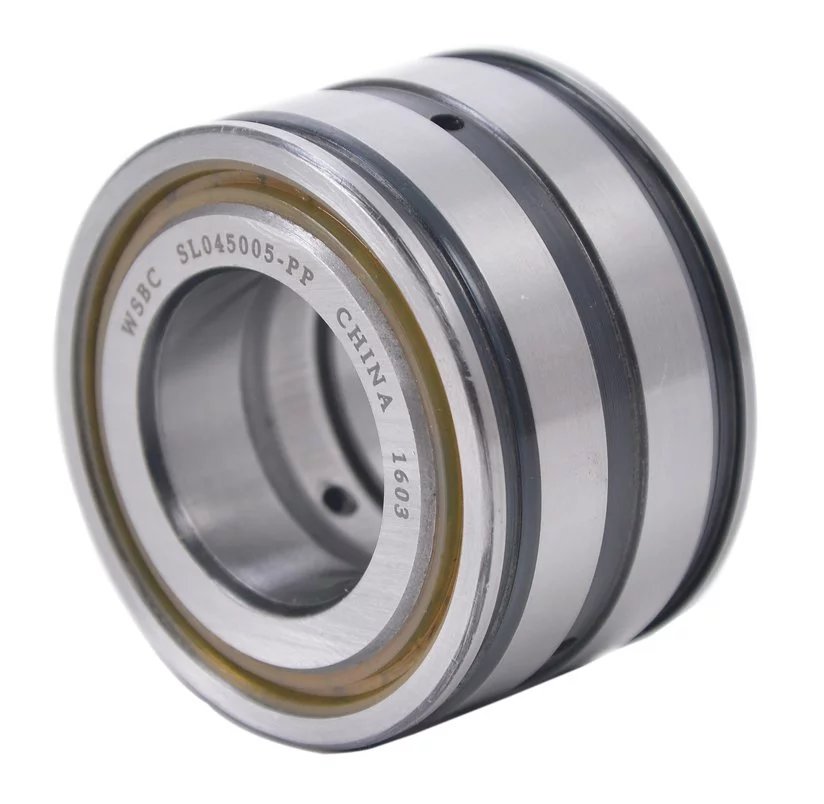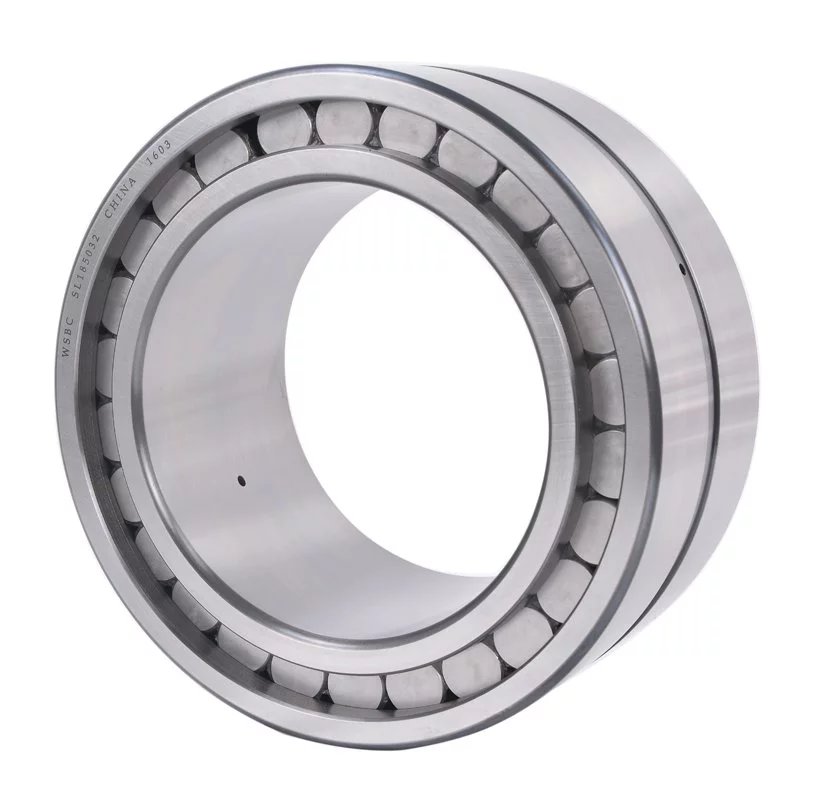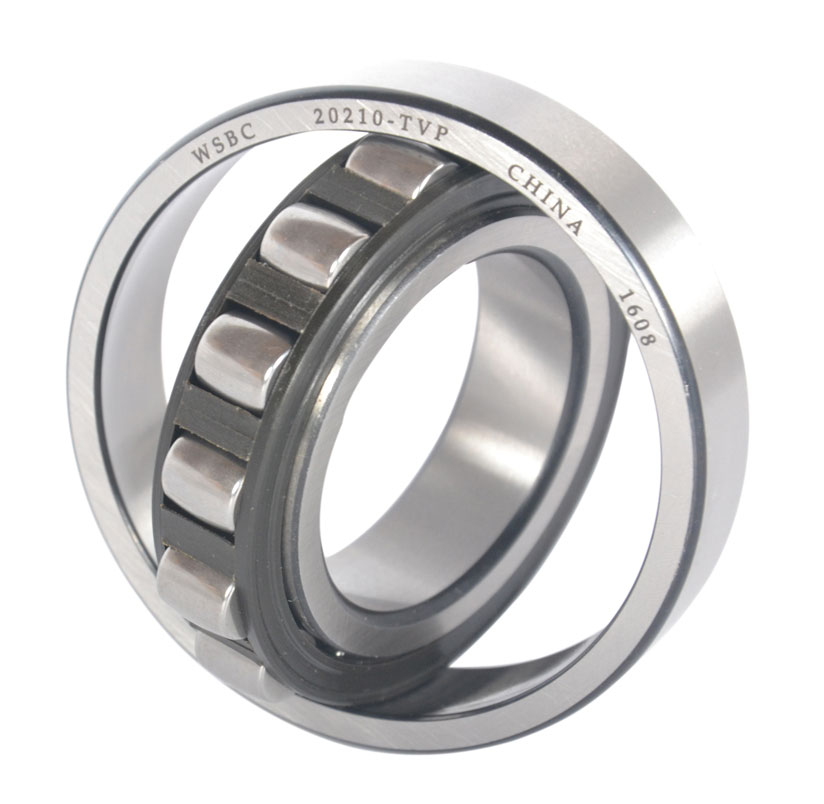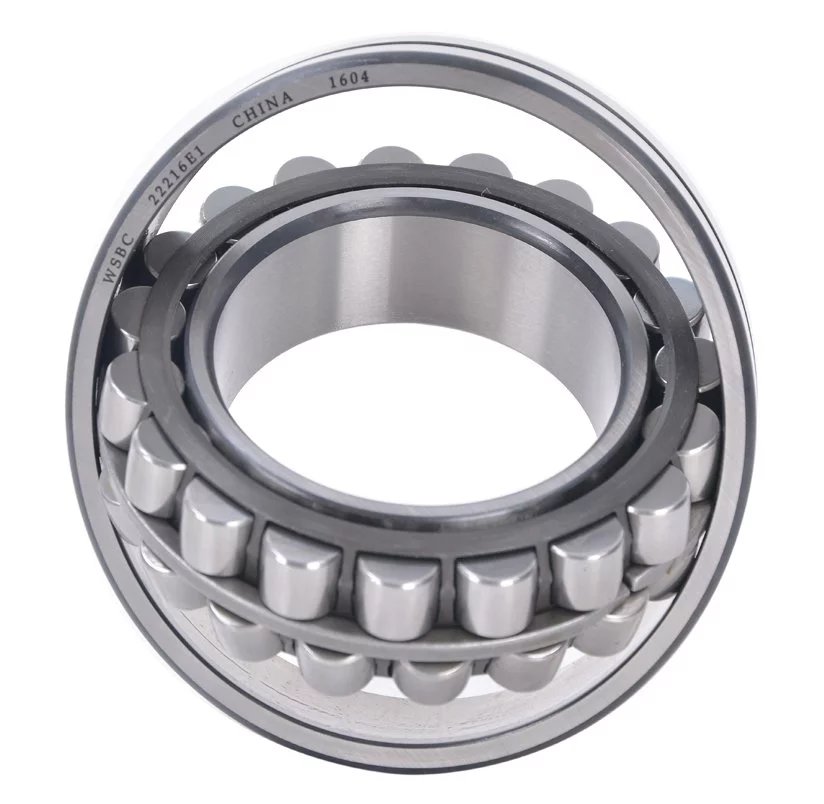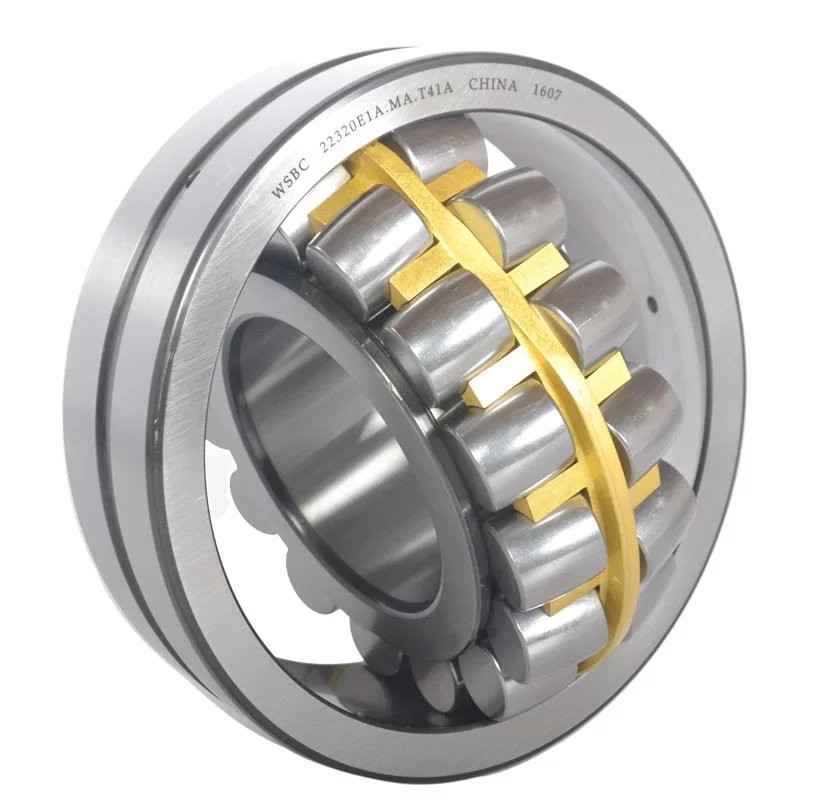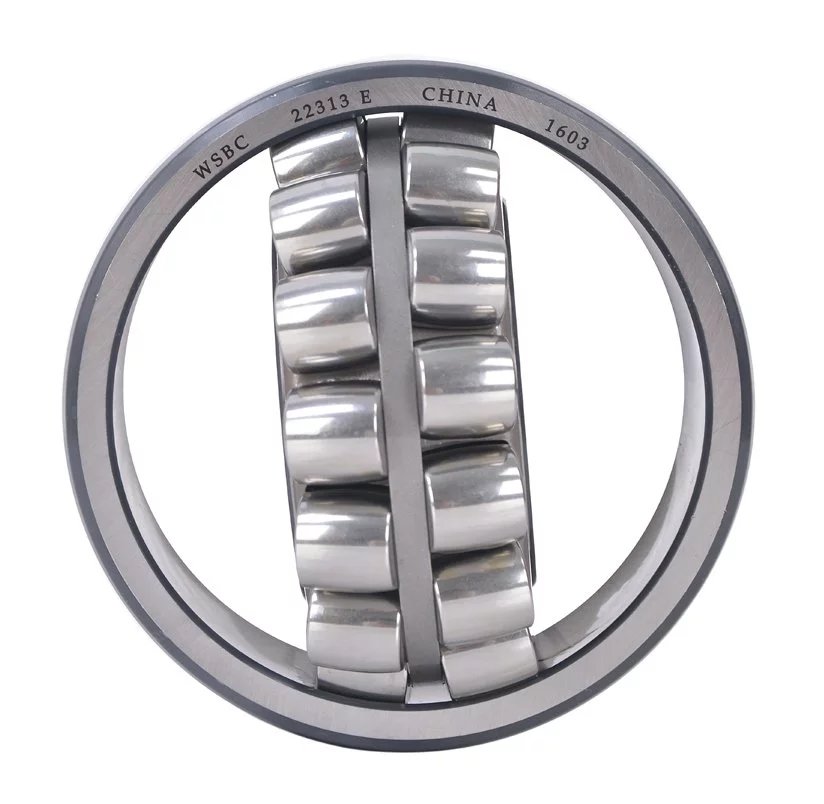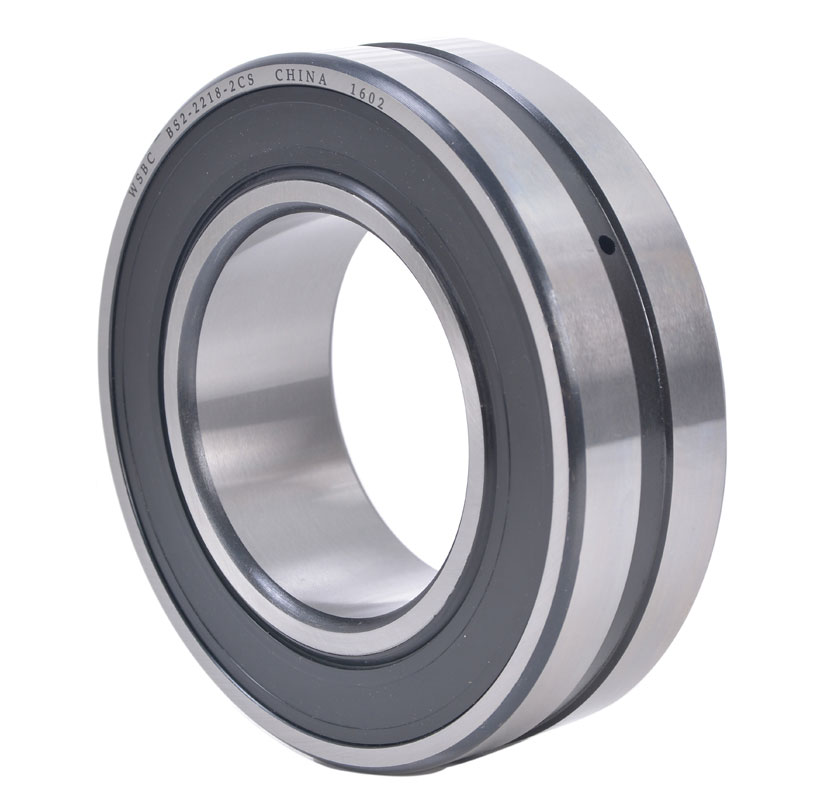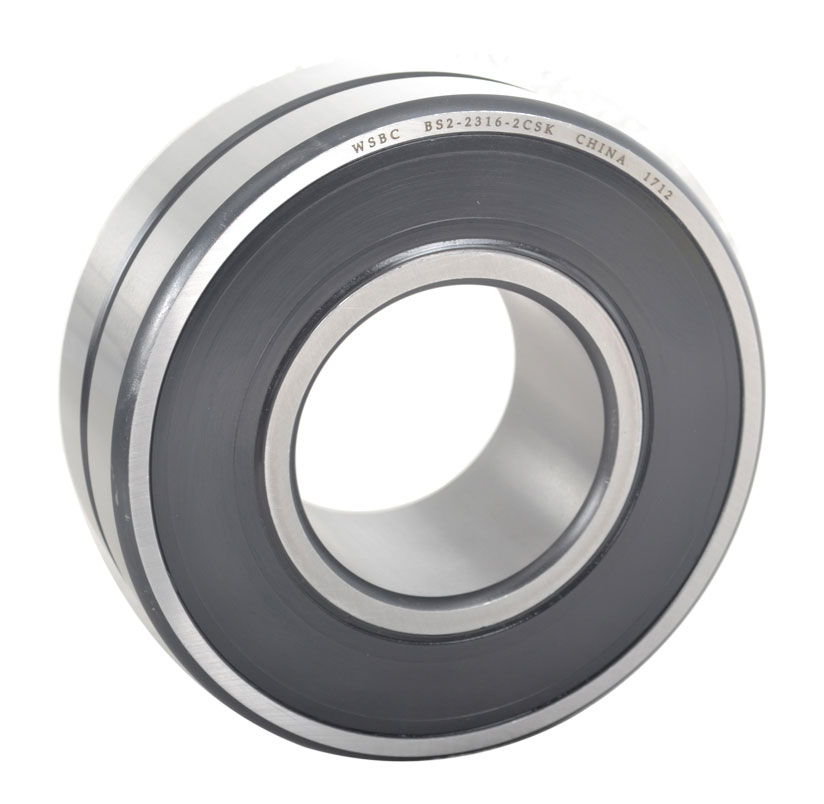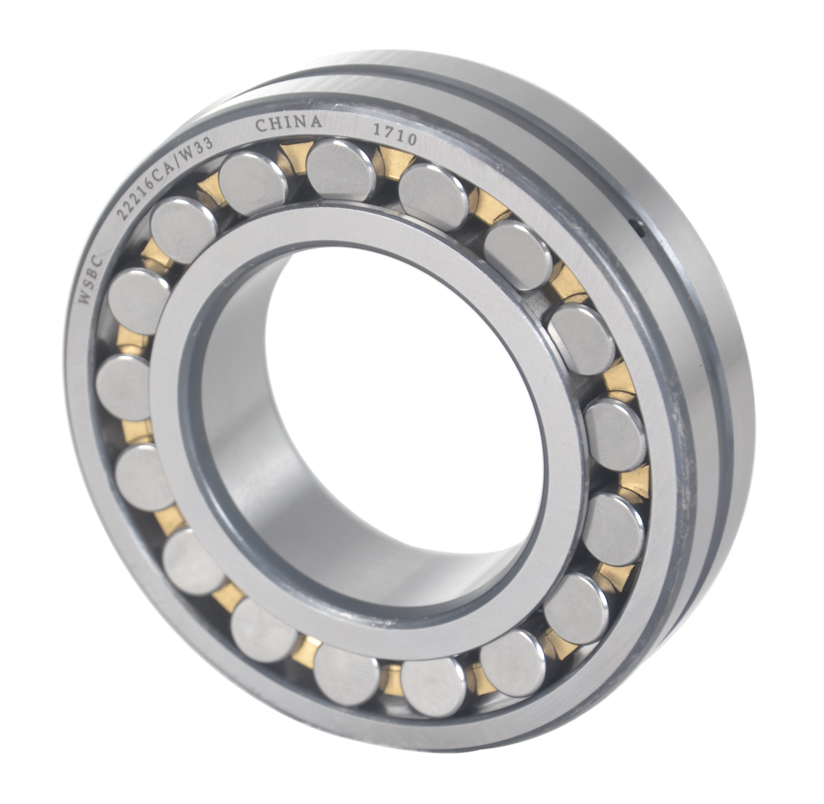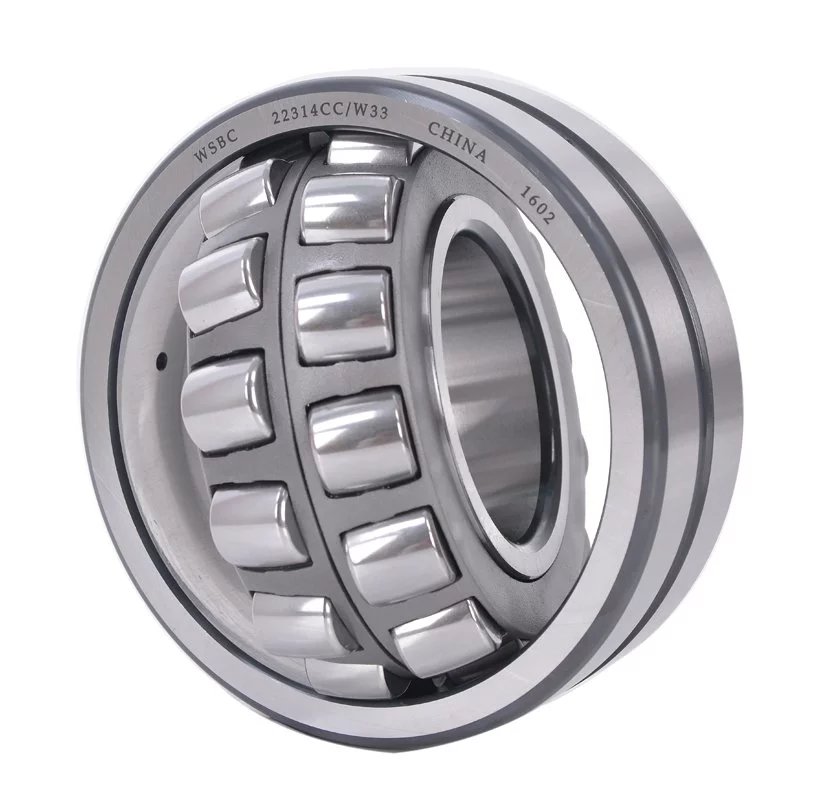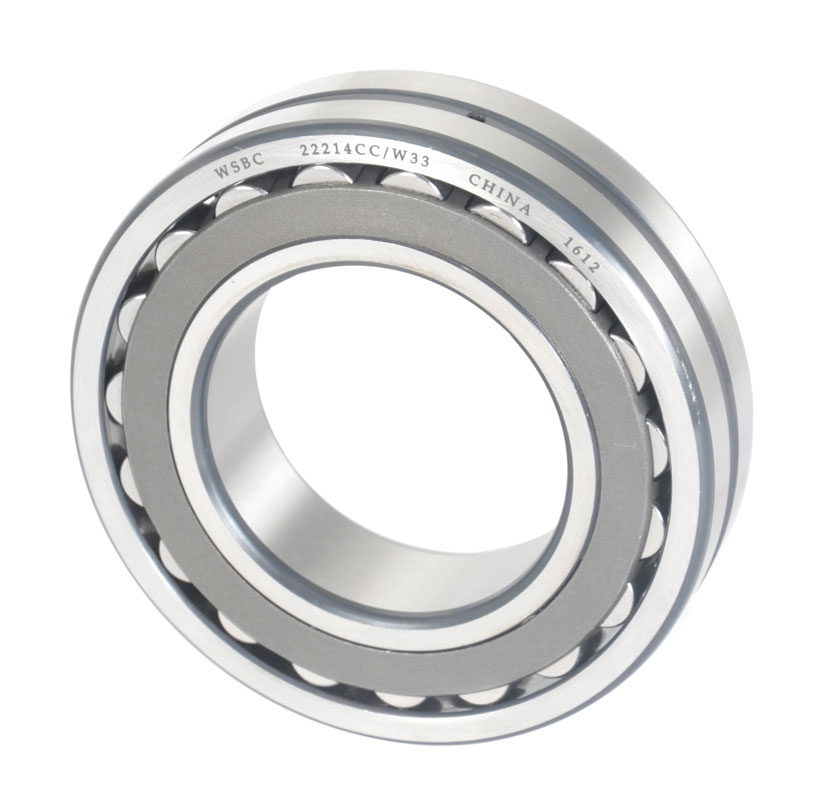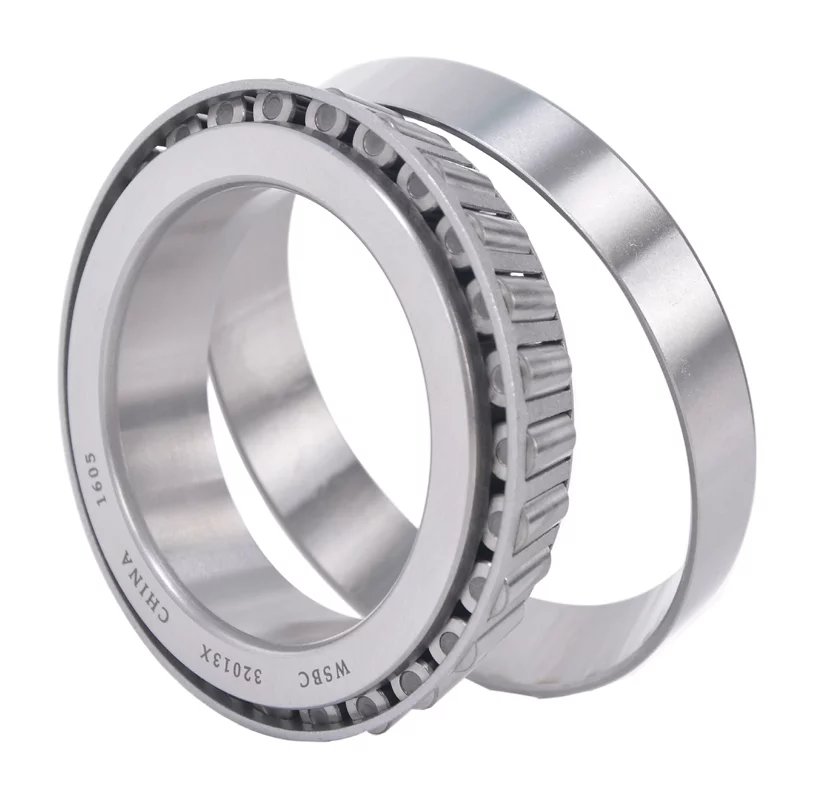News
Common Bearing Failure Damage Form
Time:2020.08.11 Source:Roller Bearings Suppliers
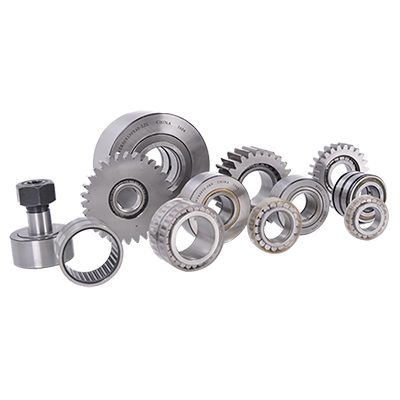
Bearing failure and damage will directly cause the mechanical equipment to fail to operate normally, and the failure of mechanical equipment to work will also cause the work to not be completed normally, and will also bring us great losses. In order to better use the parts of a mechanical equipment, let's learn about the percentage of bearing failure and the form, cause and remedy of bearing failure with Wuxi Spark Bearing Co., Ltd. It may allow us to better extend the life of the bearing. , Better complete work efficiency.
1. Bearing failure percentage
Why does the bearing fail? There are many reasons why the bearing cannot work normally, such as: installation error, liquid contamination, indirect damage, material and production errors, improper bearing selection, solid contamination, lubricant expired, insufficient lubrication, and improper lubrication. WSBC SL183012 bearings online, if you are looking for, pls click here :
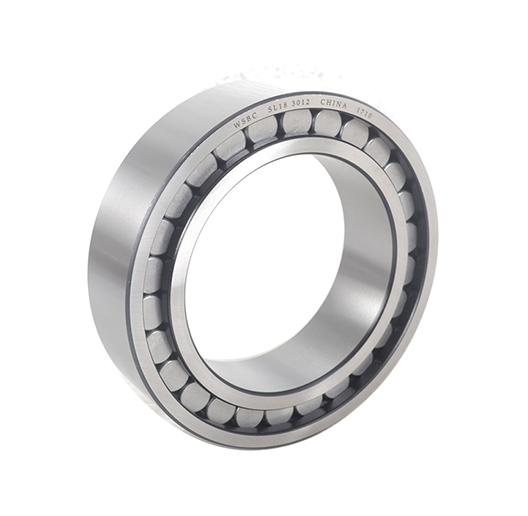
Material and production errors: less than 1%; indirect damage: less than 5%;
Installation error: less than 5%; liquid pollution: less than 5%;
Improper selection of bearings (design, size, load capacity): 10%;
Insufficient lubrication: 15%; Improper lubrication: 20%;
Solid pollution: 20%; lubricant expiration: 20%.
2. Bearing damage form, cause and remedy
(1) Insufficient bearing surface hardness
Symptoms: There are oval wear marks on the position of each ball, the surface is polished, and there are obvious boundaries, and there is often a circle of brown debris around.
the reason:
Vibration in a stationary machine causes a slight movement between the rolling elements and raceways.
When the bearing is not rotating, an oil film cannot be formed to prevent raceway wear.
Remedy:
Reduce or absorb external vibration.
Use lubricants containing anti-wear additives.
(2) Bearing overheated
Symptom:
The color of the outer ring, rolling elements and cage has faded from gold to blue;
Temperatures above 400°F will anneal the ring and rolling element materials, reduce bearing capacity and cause premature fatigue;
In extreme cases, the bearing assembly will be deformed;
The increase in temperature can also damage or destroy the lubricant.
Reason:
High electrical and thermal load;
Improper hot aisle;
Insufficient cooling or lubrication when the load or speed is excessive.
Remedy:
Temperature or overload control;
Proper hot aisle;
Supplemental cooling.
(3) Bearing fracture
Symptom:
It is typically cracks extending in parallel along the circumferential direction, and some fracture fragments often caused by axial load. The fracture usually occurs slightly above the middle of the raceway;
The outer ring presents an irregular load pattern.
Reason: Insufficient support of the bearing seat to the ring.
Remedy:
Improve bearing installation quality;
Follow the correct installation instructions and get the appropriate advice.
(4) Angle deviation
Symptom: Formed on the raceway of the non-rotating ferrule, wear marks that are not equal to the edge of the raceway.
Reason:
Shaft bending
Burrs or dust on the shoulder of the shaft or bearing housing;
The axis and the shaft seat are not at right angles;
The surface of the lock nut is not at right angles to the axis.
Remedy:
Check shaft, rib swing seat and bearing seat;
Use single-point rotary threads or polished threads on non-hardened shafts, and only use polished threads on hardened shafts;
Use high-precision lock nuts.
(5) Scratches
Symptom:
Pitting; rolling elements or rolling roughness.
Reason:
When the load is small and the lubrication is poor, the rolling elements slide on the raceway;
Occasionally, when the load zone is too small, the rolling elements are suspended in the non-load zone and accelerate again when entering the load zone.
Remedy:
Choose low load capacity bearings;
Bearing preload;
Reduce bearing clearance;
Improve the quality of lubrication.
(6) Tight fit
Symptoms: Severe wear marks on the rolling elements at the bottom of the raceway.
Reason:
Under working temperature, when the interference fit exceeds the radial clearance, the rolling element load is too large;
Continued work under these conditions leads to accelerated wear and fatigue.
Remedy:
Reduce the total interference by improving the fit of the bearing, the shaft and the bearing seat;
Consider working temperature;
Increase the radial clearance in bearing selection.
(7) Axial crack
Symptom:
The inner ring is partially or completely broken in the axial direction;
Slightly round cracked edges indicate that the cracks occurred during operation and are cyclic (the cracked edges may break after long hours of work);
Cracks on sharp edges indicate fractures during disassembly.
Reason:
Bearing sliding
Rolling of inner ring on shaft
Improper lubrication;
Too tight with the shaft;
Slotted shaft
Not round
Friction with surrounding parts.
Remedy:
Improve lubrication by adding additives or increasing the amount of oil;
Choose the appropriate fit;
Avoid friction
Provide better base conditions;
Consider special heat treatment of the inner ring.
(8) Ordinary bearing fatigue
Symptom:
Often seen as fragmented. It is manifested by the fracture of the running surface, and the subsequent removal of small particles scattered on the inner ring, outer ring or rolling elements;
Fragmentation is gradual, and once it occurs, it will spread with the operation;
Always accompanied by a significant increase in vibration.
Reason: The bearing is still in use after the calculated fatigue life expires.
Remedy: Replace bearings and/or consider redesigning, using bearings with longer calculated fatigue life.
(9) Brinell indentation
Symptom:
Brinell indentation appears as a dent on the raceway, which increases bearing vibration (noise);
Severe Brinell indentation may cause premature fatigue failure.
Reason:
Bearing excessive static load;
Violent impact on the bearing;
An axe was used when installing the bearing;
Drop or hit the assembled equipment;
Force the outer ring when pressing the bearing onto the shaft.
Remedy:
Consider static load rate when selecting bearings;
Choose appropriate equipment to install the bearing and apply force only to the ring that is suitable for pressure.
(10) Bearing contamination
Symptoms: The rolling elements and raceways are sunken, causing vibration.
Reason:
Dust, dirt and abrasion materials brought by air from contaminated work areas;
Dirty hands or tools;
Foreign matter in lubricant or cleaning solvent.
Remedy:
Clean the working environment, tools, equipment and hands to reduce risks;
Keep the bearing installation area away from any grinding operations;
Unpack the original packaging of the bearing when it is installed;
In a contaminated work environment, the use of sealing devices should be considered.
(11) Lubricant failure
Symptom:
Fading of rolling elements and raceways (blue/brown);
Excessive wear of rolling elements, ferrules and cages due to overheating and destructive failure. WSBC SL183013 bearings online, if you are looking for, pls contact us.
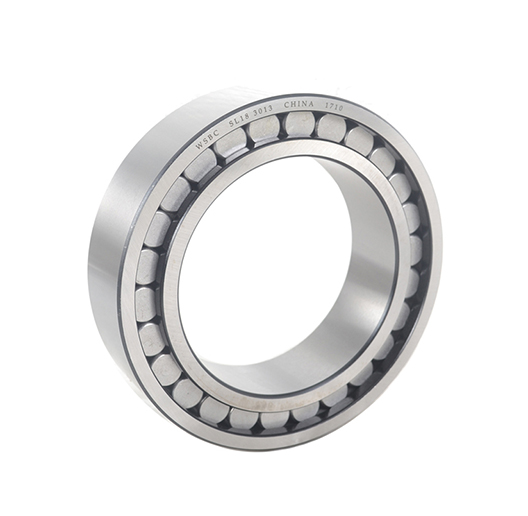
Reason:
Limited lubricant flow;
Excessive temperature reduces lubricant quality.
Remedy:
Use appropriate and appropriate amount of lubricant;
Ensure proper bearing fit;
Control the preload to reduce bearing temperature.
(12) Excessive load
Symptom:
Severe wear scar and overheating performance of rolling elements;
The spread of fatigue area spalls).
Reason: excessive load on the bearing.
Remedy:
Reduce load
Redesign and use bearings with larger capacity;
(13) Fretting wear
Symptom:
Fretting wear, producing fine metal particles, leaving obvious brown spots after oxidation;
Coordinate surface wear, causing noise and overflow problems;
Possible fatigue fracture;
Possible malfunction of the floating bearing.
Reason: The fit related to the power is too loose, and there is a slight shift between the fit parts.
Remedy: Follow the correct installation instructions and get appropriate suggestions for cooperation.
(14) Blockage
Symptom:
Partial or large area welding and deep scratches on ribs and roller surfaces;
There is also lubricant coking in this area.
Reason:
Improper lubrication under high load and high speed (the amount of lubricant and working viscosity are too low);
Improper lubrication under high load and low speed (no fluid lubrication film between the roller surface and the rib);
Cause harmful preload due to thermal diffusion;
Roller skew caused by raceway wear and ring tilt;
The axial load of the cylindrical roller bearing is too high;
The axial preload of the mating surfaces that are not at right angles is too high.
Remedy:
Improve lubrication (increase viscosity, EP additives and quantity);
Ensure correct bearing adjustment.
(15) Reverse load
Symptoms: There is a grooved zone on the ball caused by the ball rolling on the outer edge of the raceway.
Reason:
Angular contact ball bearings are designed to receive force in only one axial direction;
When subjected to reverse load, the oval contact surface on the outer ring is shortened by the low shoulder on the side of the outer ring;
The result is excessive pressure and temperature rise, followed by increased vibration and premature fatigue.
Remedy: Ensure proper installation of angular contact ball bearings.
Hot Topics
Copyright © Wuxi Spark Bearings Co.,Ltd Co., Ltd All Rights Reserved. Sitemap
www.spark-bearing.com. Profession in Roller Bearings, Ball Bearings and Taper Toller Bearings-China Suppliers.
